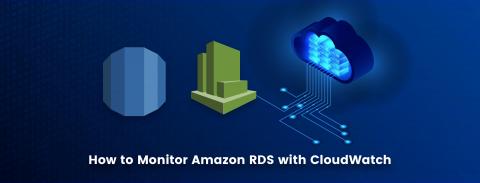Introducing Guardian DevOps
I started Blue Matador in 2016 to help people like me. Site reliability engineers and devops engineers time is in short supply while the demands keep growing. We support an increasing number of applications, microservices, tools, libraries, languages, runtimes, pipelines, analytics and BI suites, and more. At the same time we’re supporting more applications, the applications themselves are growing more and more complex both from a deployment and a management angle.









